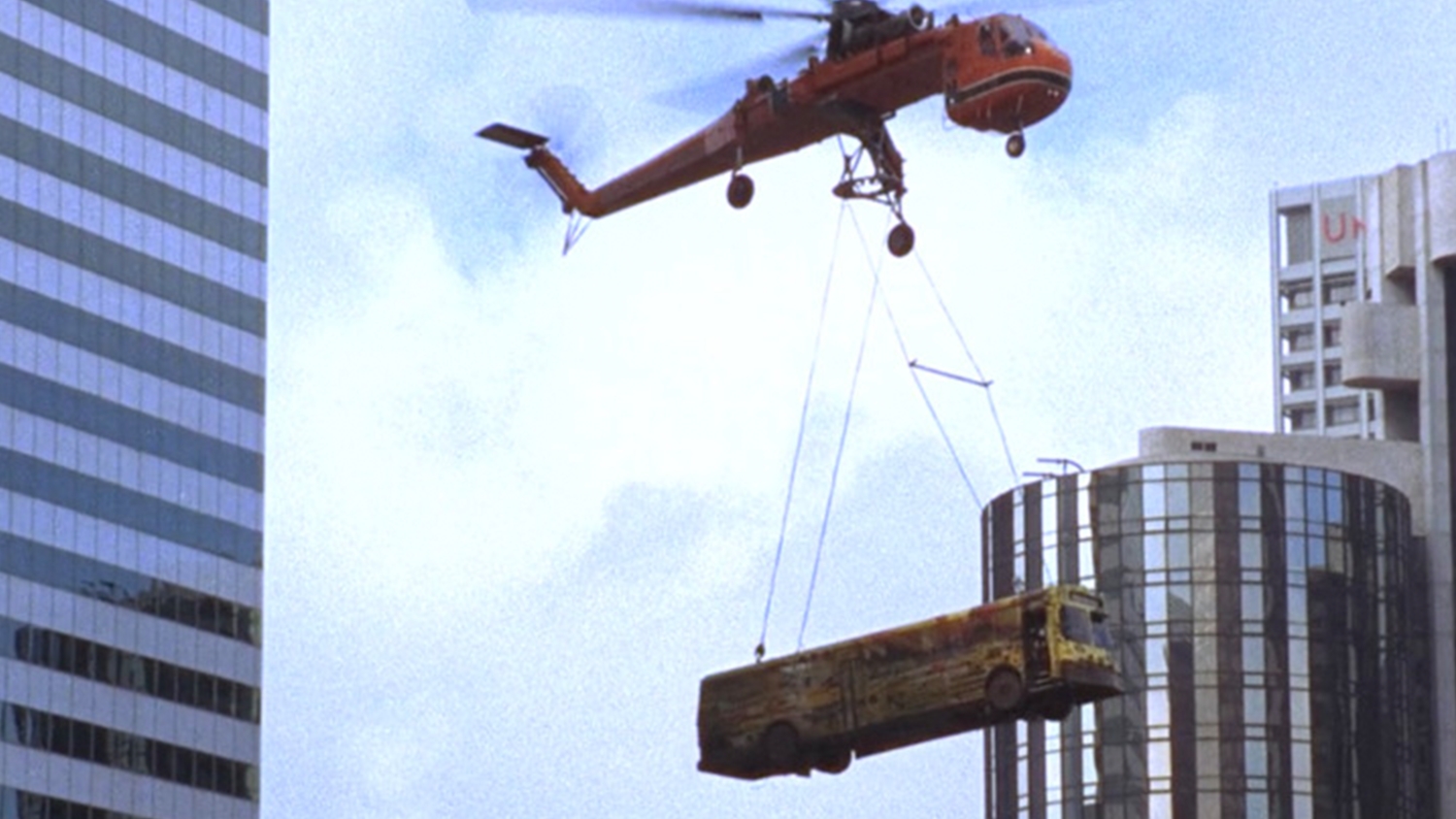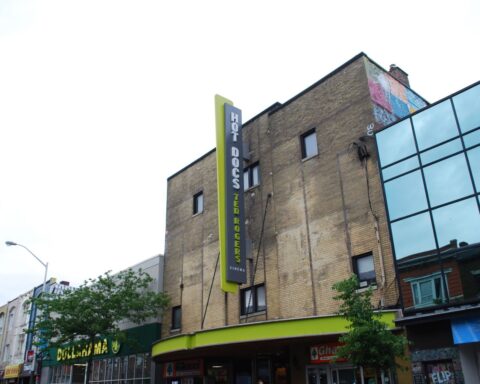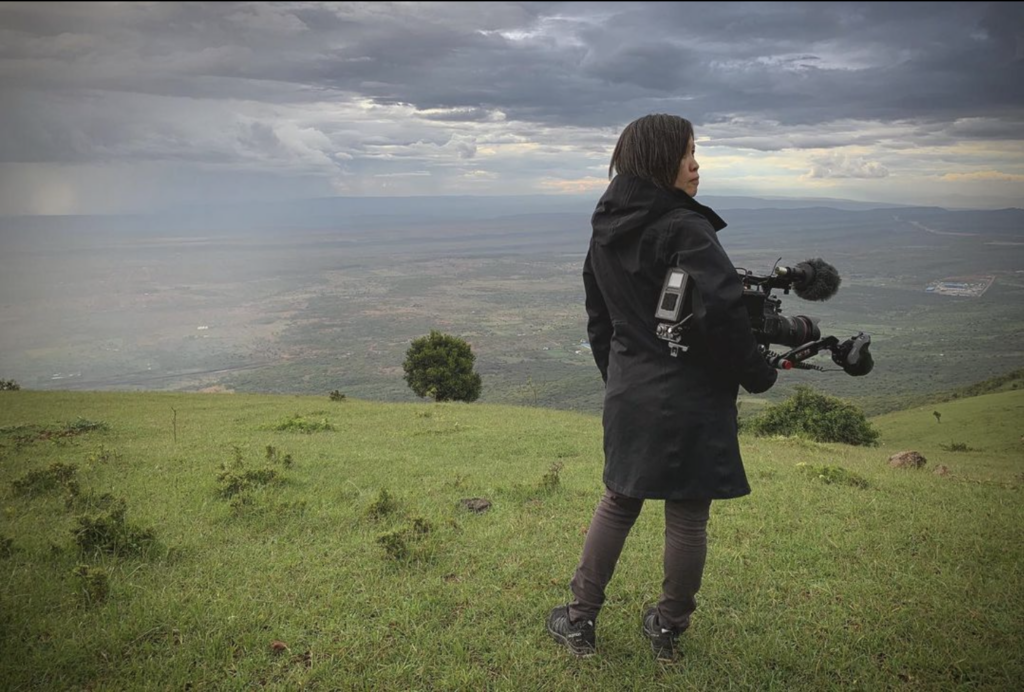In the early 20th century, a genre of films called the “city symphony” emerged. Though most notable examples came out of the late silent era, these films were inspired by the melodies, harmonies, and dynamics of a musical symphony. Fluid in style, they foregrounded modern cities, transforming the apparent backdrop into the subject. In doing so, these movies expressed modernist hopes that human ingenuity, exemplified by the towering accomplishment of contemporary cities, could lead humanity to a new golden age.
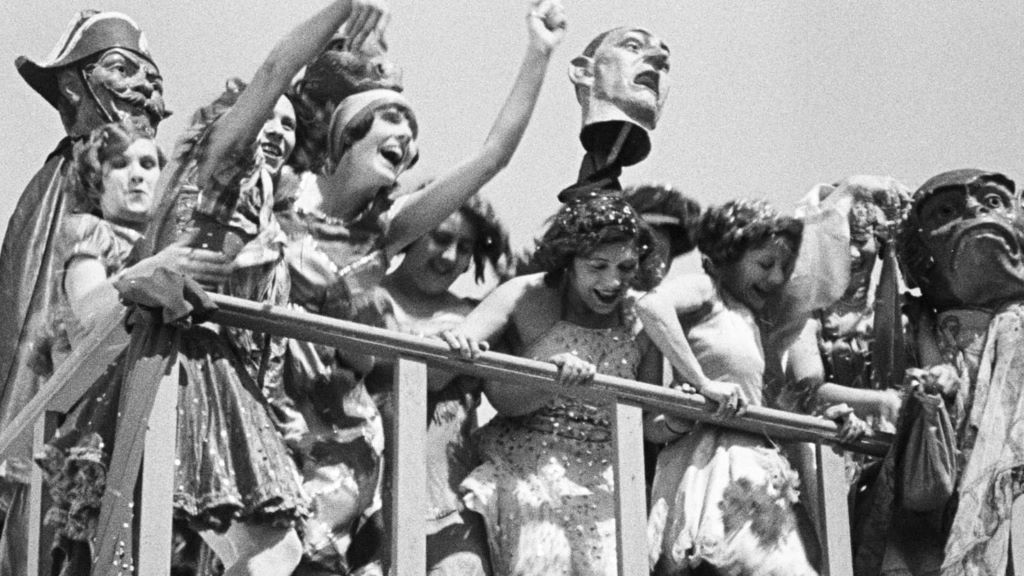
The genre is epitomized by films like Paul Strand and Charles Sheeler’s Manhatta (1921), Walter Ruttmann’s Berlin: Symphony of a Great City (1927), and Jean Vigo’s À propos de Nice (1930). These films favoured documentary snapshots that highlighted the technological achievements of contemporary Western society. In Manhatta, birdseye-view shots render human beings as ant-like. But rather than being diminished, the film’s city dwellers are pictured as a powerful collective force united in building a more prosperous future. Berlin: Symphony of a Great City, which likely lent the genre its name, represents the alpha and the omega of the hope that these early films expressed. Shot over 18 months and simulating a single, full day in Berlin, the film explodes with poetic imagery and bombastic editing. The hopes the film expressed, though, are retrospectively overshadowed by the rise of Nazism, which resulted in the destruction of more than a third of the city’s centre by Allied bombs and its subsequent division into East and West. Though in the 1950s and ’60s much of the world saw a resurgence of urban development and an overall improvement in the standard of living that would have been unimaginable in the ’20s or ’30s, the weight of the Holocaust perhaps permanently foreclosed the kind of modernist optimism still evident in these cinematic odes to Western civilization’s technical prowess.
What does a city symphony look like in the 21st century, more than 100 years after the birth of the genre? The city itself has not ceased to be considered a worthy subject of the cinema, but perspectives on it have radically changed. Hubertus Siegert’s Berlin Babylon (2001) returns us to Berlin at the turn of the millennium, a decade after the fall of the Wall. Siegert follows architects and city planners as they imagine a new Berlin, struggling to reconcile East with West in a city that had been split for four decades, its two halves reconstructed independently along opposing ideological lines. Far from a traditional talking-head documentary, we watch them mostly at work, on construction sites that echo with noise. To a cacophonous soundtrack by industrial group Einstürzende Neubauten, known for their use of power tools and scrap metal as musical instruments, the film imagines how tumult, clamour, and destruction may be retooled to create a new vision for a modern city. The movie uses the backdrop of violence to explore the contemporary city as one beset by constant transformation.
The poetic structure of the film doesn’t emphasize conflict, but it’s nonetheless there: Berlin, once divided, is now marked by an enormous suture. Who will shape its future? Politicians or city planners? Where does the Berlin of the past end and the Berlin of the present begin? The documentary invites the audience to imagine how much of a city exists in its brick-and-mortar structures, and how much exists in our imagination.
One of the seminal 21st-century city films is in fact a film about the 20th century. In Los Angeles Plays Itself (2003), director Thom Andersen takes the viewer on a tour of the backdrop of the American cinema, Los Angeles, exploring, in parallel, the deeply intertwined histories of the city and of American filmmaking. A propos of the city’s identification with the American film industry, Anderson reconstructs LA out of its representations in the movies.
Structured in sections, the film follows a trajectory that mirrors the birth of city symphonies as a response to the relegation of space to the background. First, Los Angeles was a stand-in for other cities. Early chapters show how LA plays Chicago in gangster films like The Public Enemy (1931). By the early 1930s, Chicago was a bustling metropolis, and Los Angeles was still half rural. As James Cagney and Jean Harlow drive down a busy street, the outskirts look more like farmland than city suburbs. These early years of LA, which coincided with the modernist spectacles of avant-garde city symphonies, represent the city less as a physical space than as a blank canvas for dreams and illusions.
As the film progresses, Los Angeles as a distinct landscape comes into more precise focus. It becomes a subject in itself—though, as Andersen emphasizes, it often conceals its true nature. The images we associate with the city—Sunset Boulevard, the Hollywood Sign, the sprawling highway system—only tell part of its story. The citizens outside the moviemaking universe remain on the periphery, largely invisible. Their story is seen as unworthy of big-screen treatment and is therefore lost to time.
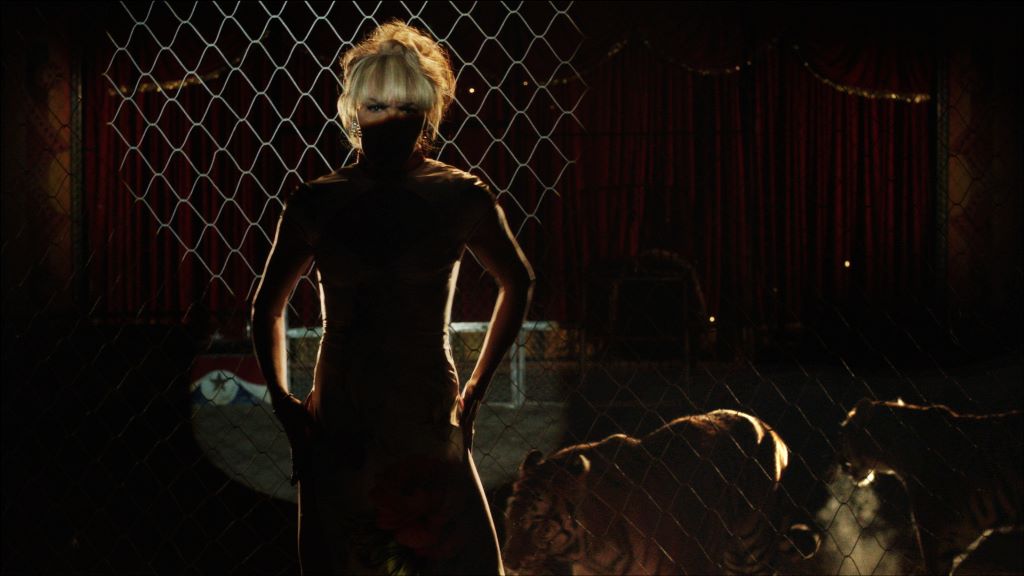
The city has long had symbolic resonance in the popular imagination. For some, it is a place where dreams are made; for others, nightmares. But, as Andersen advises us in Los Angeles Plays Itself, imagining the city symbolically always risks obscuring the real conditions of people on the ground.
The past plays an outsized role in documentaries about cities in the 21st century. Films like Terence Davies’ Of Time and the City (2008) and The Last Time I Saw Macao (2012) by João Pedro Rodrigues & João Rui Guerra da Mata reflect on the filmmakers’ memories of growing up in urban environments. They’re laden with nostalgia and melancholy. Davies’ film, much like his fiction, is constructed from memories. A reflection on the passage of time, Davies allows us to imagine his city of birth, Liverpool, through his eyes, beginning as a young, queer, working-class man and ending a half-century later as the venerable filmmaker and screenwriter who he became. Using archival footage and voiceover, Davies gives shape to a city that no longer exists. (It may be the only documentary about Liverpool in the ’60s that will ever disparage the Beatles.)
Guy Maddin’s My Winnipeg (2007), a creative hybrid of documentary and fantasy, similarly imagines Winnipeg’s past as a way of understanding its present. Maddin’s radical film doesn’t privilege observable reality but embraces a fantastic approach to the city symphony genre. His visual style, which borrows heavily from the late silent-era avant-garde, blends the personal with the collective in reimagining Winnipeg’s history.
To take Winnipeg as the subject for a city symphony feels inherently ironic. While cities like Berlin, New York City, Los Angeles, and Moscow could (at certain times) easily be taken as symbols of hope, optimism, and ambition—symbols of the future—Winnipeg does not occupy that space in anyone’s imagination. So, in seeing the city through Maddin’s eyes, his Winnipeg, we understand the reality of most 20-century cities—as landscapes of the mundane, places to escape from. His city is amorphous, existing more in memory than reality. The city itself has no inherent qualities; it’s a blank canvas for the imagination, but all that can be imagined is the past. Through his sense of humour, though, there’s still a sense of reverence for the ordinary strangeness of this landlocked metropolis. The city itself may be less important than its inhabitants.
In the recent short film 500 Years Later, Mexican director Mateo Vargas uses the language of the city symphony, overlaid with reflections of their country’s colonial history. Shooting on location, an observational camera captures the rituals and pomp of the military. We see footage of the Mexican president, his wife, and a soldier in their opulent home overlaid picture-in-picture with representations of military violence, protest, and resistance.
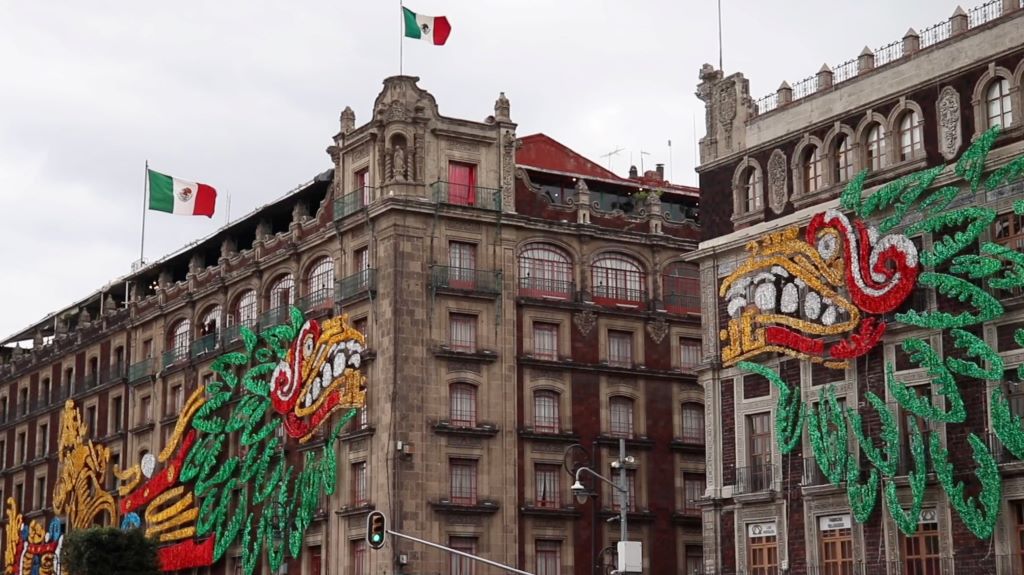
The fabric of Mexico City’s identity extends through past, present, and future. The overlaid images serve to render some of this complexity visually—the camera captures hints of the colonial past within the fabric of the present-day city, while also seeking out images of Indigenous communities congregating and celebrating. These people don’t belong to the past, but to the present and future. The middle section, particularly, depicts moments of joy within a history of blood and carnage.
Though just 20 minutes long, the film showcases how cities, though shaped by the past, can escape and transcend it. Mexico City, as seen through Vargas’s lens, is a city in transformation. It might be shaped by a violent history of conquest and subjugation, but the city lives on and continues to be transformed by the people who call it home.
At certain points during the 20th century, flashes of inspiration lit up the collective consciousness, allowing people to imagine that, by changing our lives and environments in the present, we could change the shape of our future. In contemporary city films, the sentiment often seems to be that all we can do is look back upon futures that never came to be. Cities, once bastions of hope, appear as relics of broken dreams and emblems of stasis, rather than of transformation. Yet, as long as cities continue to be the home of people, there is hope for a better tomorrow.




